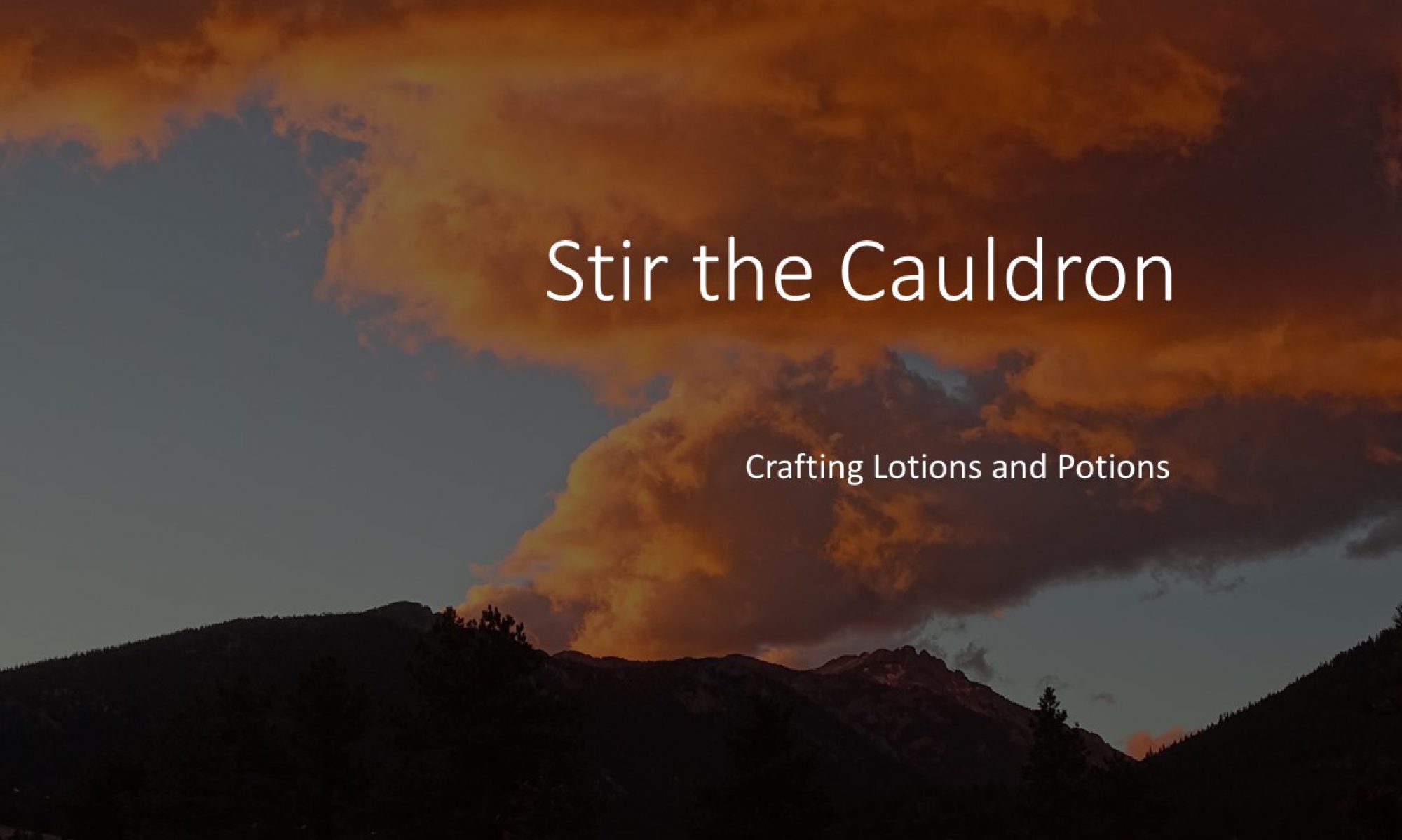
While this recipe produces an effective hand sanitizer, I no longer include aloe vera in my sanitizer recipes. Aloe vera eventually drops out of solution as a small dehydrated clump at the bottom of the bottle.
My current recipe for hand sanitizer is #53 Insanitizer.
The World Health Organization (WHO) has published recipes for liquid handrubs. In both recipes the main ingredient (75% or more) is alcohol. This may be ethanol or isopropanol (which I discussed in A is for Alcohol). It only includes two other ingredients. Hydrogen peroxide is an antimicrobial agent, and a small quantity of glycerol is a wetting agent.
Hydrogen peroxide is corrosive when undiluted. Please read the handling instructions that should be provided when you buy it.
This recipe is based on a WHO recipe. It substitutes aloe vera gel for a small amount of the water in the WHO recipe, and adds peppermint oil to soften the smell of alcohol.
There appears to be a consensus that an effective hand sanitizer should contain a minimum of 60% alcohol and a maximum of around 95%. There should be some water in the formulation. The water helps the alcohol to penetrate the outer layer of a virus. Once the outer layer has been penetrated, the alcohol disrupts and destroys what is left. One study tested the efficacy of a number of hand sanitizer formulations with alcohol ranging from 60% to 95%. It identified two formulations containing 70% as the most effective amongst those tested (so increasing the alcohol content above 70% doesn’t guarantee a more effective sanitizer).
In order to produce a sanitizer that contains 70% alcohol, you have to start with alcohol at a higher concentration (because everything else in the formulation will reduce the proportion of alcohol). This recipe uses Isopropyl alcohol at a concentration of 99.8%, and produces a sanitizer with a 70% alcohol content.
Ingredients
-
- 350 ml Isopropyl alcohol 99.8%
- 110 ml boiled water
- 5 ml Hydrogen peroxide 12 vol
- 25 ml Aloe Vera gel
- 10 ml Vegetable glycerine
- 0.5 ml Peppermint essential oil
Method
When the boiled water has cooled a little, add it to the aloe gel in a jar and shake it to disperse the gel in the water. Shake the mixture frequently.
Add the glycerine and hydrogen peroxide to the water and aloe mixture. Shake again to mix.
Measure the alcohol by volume and add it to the other ingredients. The other ingredients have a density of about 1 gramme per 1 ml, so you can safely weigh them on the assumption that the result will be accurate enough. Isopropyl alcohol has a density of 0.786 grammes per 1 ml, so you will add roughly 25% more alcohol than you intend if you weigh it without making a correction.
Add the peppermint oil.
Decant the mixture into bottles if that is how you plan to use it. Label the bottles with the contents. Add labels to the effect that the mixture is flammable, toxic if ingested, and you should avoid getting it in your eyes.

